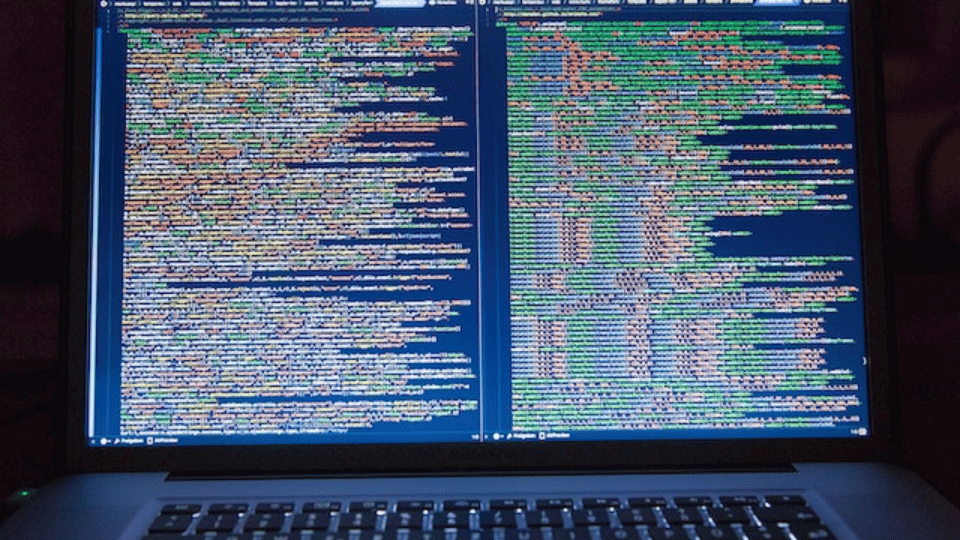Creative coding is a fascinating field that combines technology with artistic expression. It involves using programming languages to create interactive art, animations, and other visually engaging projects. If you are interested in pursuing a career in the creative industry, having a strong foundation in creative coding can open up a world of opportunities for you.
Understanding Creative Coding
Creative coding is the practice of writing code to create artistic and interactive experiences. It involves using programming languages such as Processing, p5.js, and openFrameworks to generate visual and auditory outputs. Creative coders often work in fields like digital art, data visualization, interactive installations, and web design.
By combining their technical skills with artistic vision, creative coders can produce unique and innovative projects that captivate audiences.
Significance in the Industry
In today’s digital age, creative coding plays a crucial role in various industries, including advertising, entertainment, education, and technology. Companies are constantly seeking creative coders to help them develop engaging websites, mobile apps, and interactive experiences for their customers.
By mastering the basics of creative coding, you can position yourself as a valuable asset in the job market and stand out from the competition.
Top 10 Jobs in Creative Coding
Creative coding merges technical skills with artistic vision, opening doors to diverse and exciting career opportunities. Here are the top 10 jobs in creative coding, each offering unique ways to create visually stunning and interactive digital experiences. From web development to augmented reality, these roles showcase the power of code in the creative industry.
- Creative Coder: As a creative coder, you will be responsible for developing interactive and visually appealing projects using programming languages like JavaScript and Python. You may work on projects ranging from interactive websites to immersive installations.
- Web Developer: Web developers use their coding skills to create and maintain websites for clients. A background in creative coding can help you design visually stunning websites that engage users and enhance their online experience.
- UI/UX Designer: User interface (UI) and user experience (UX) designers focus on creating intuitive and user-friendly interfaces for digital products. Creative coding skills can help you bring your design concepts to life and create engaging user experiences.
- Digital Artist: Digital artists use creative coding techniques to produce visual art, animations, and multimedia installations. By mastering creative coding, you can push the boundaries of traditional art forms and create innovative digital artworks.
- Interaction Designer: Interaction designers specialize in creating engaging and interactive experiences for users. With a background in creative coding, you can design interactive installations, games, and experiences that captivate audiences and leave a lasting impression.
- Motion Graphics Designer: Motion graphics designers use animation and visual effects to create dynamic and engaging content for various media platforms. Creative coding skills can help you create complex animations and visual effects that set you apart in the industry.
- Game Developer: Game developers use creative coding to design and develop video games for consoles, mobile devices, and computers. By mastering creative coding techniques, you can create immersive and visually stunning games that entertain players and keep them coming back for more.
- Data Visualizer: Data visualizers use creative coding to transform complex data sets into visually appealing and easy-to-understand graphics. With a background in creative coding, you can create compelling data visualizations that help organizations make informed decisions and tell compelling stories with data.
- Augmented Reality (AR) Developer: AR developers use creative coding to create interactive and immersive augmented reality experiences for users. By mastering creative coding, you can develop AR applications that blend the physical and digital worlds seamlessly, creating unique and engaging experiences for users.
- Creative Technologist: Creative technologists bridge the gap between technology and creativity, using coding skills to develop innovative solutions for creative projects. With a background in creative coding, you can explore new ways to merge technology and art, pushing the boundaries of what is possible in the creative industry.
Conclusion
Creative coding is a dynamic and exciting field that offers a wealth of opportunities for creative individuals. By mastering the basics of creative coding and exploring the top 10 jobs in the industry, you can pave the way for a successful career in this burgeoning field.
Whether you are interested in digital art, web design, data visualization, or game development, creative coding can help you bring your creative visions to life and make a lasting impact in the industry.
Key Takeaways:
- Creative coding merges technology with artistic expression, enabling the creation of interactive art and animations.
- Mastering the basics of creative coding can lead to career opportunities in advertising, entertainment, and technology.
- Top jobs in creative coding include Creative Coder, Web Developer, UI/UX Designer, Digital Artist, Interaction Designer, Motion Graphics Designer, Game Developer, Data Visualizer, AR Developer, and Creative Technologist.
- Honing your creative coding skills can help you stand out in the job market and contribute innovative solutions to the creative industry.
If you are eager to delve deeper into the world of creative coding and enhance your skills, consider enrolling in the NYU Animation Industry Essentials online course and certificate program from Yellowbrick. This comprehensive course can provide you with the knowledge and practical experience needed to excel in the dynamic field of creative coding.








